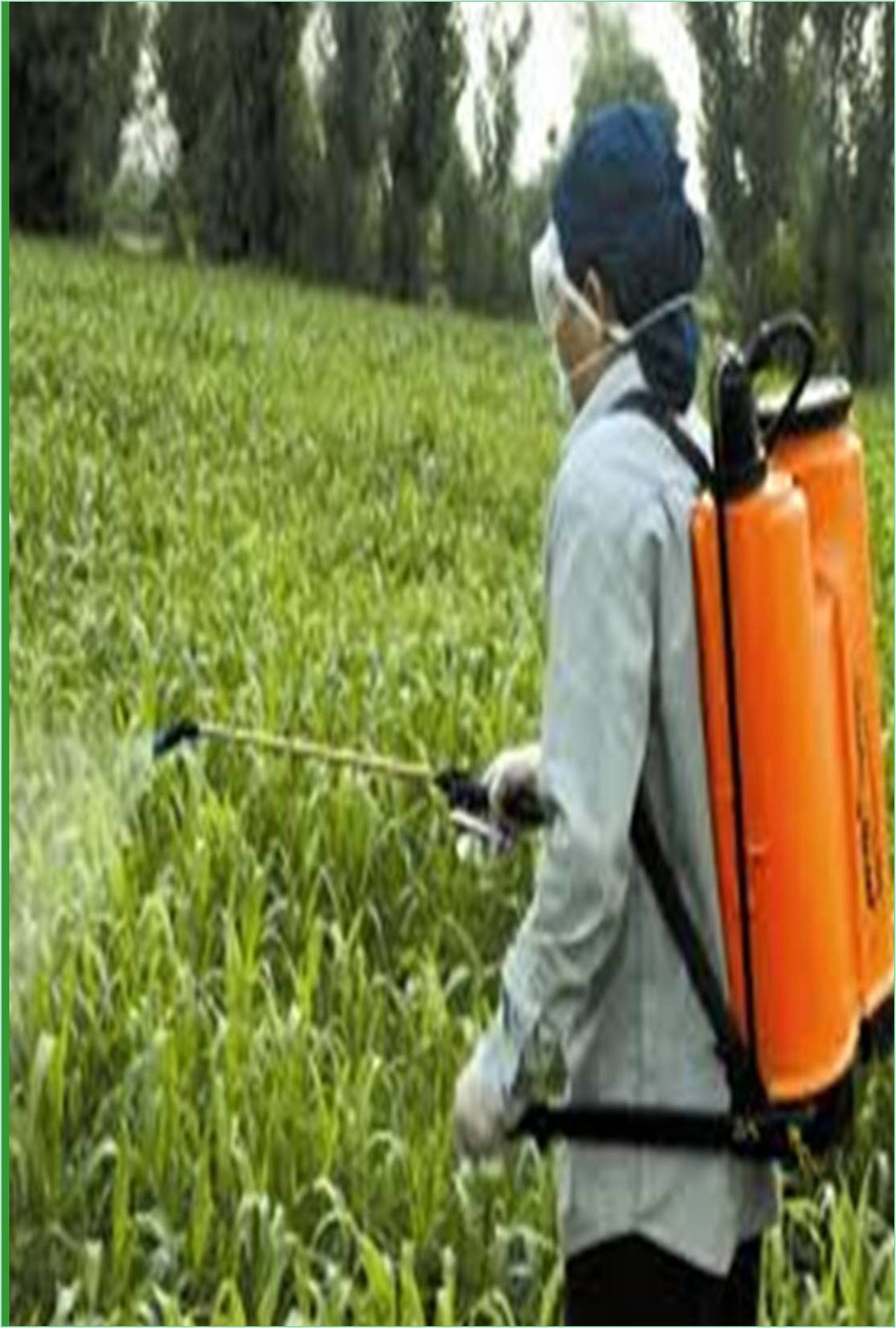



Received: 27-Jul-2022, Manuscript No. GJPDCP-22-73763; Editor assigned: 01-Aug-2022, Pre QC No. GJPDCP-22-73763 (PQ); Reviewed: 16-Aug-2022, QC No. GJPDCP-22-73763; Revised: 23-Aug-2022, Manuscript No. GJPDCP-22-73763 (R); Published: 30-Aug-2022, DOI: 10.15651/GJPDCP.22.7.050
Aphids seem to invade in every garden. They are small, soft-bodied insects that feed by sucking nutrient-rich liquids from plants. A large number can significantly weaken the plant and damage the flowers and fruits. Aphids reproduce quickly, so it's important to get rid of them before they start breeding. The life cycle of aphids is complex. Aphids are often controlled by natural predators such as ladybugs, and lacewings. However, if economically or aesthetically detrimental numbers are present, they can be controlled by insecticidal soaps, horticultural oils, and other conventional pesticides. Aphids produce large amounts of a sugary liquid waste called 'nectar'. The honeydew dripping from these insects can be found on the windows and surfaces of cars parked under infected trees. A fungus called sooty mold grows on the honeydew deposits that accumulate on leaves and twigs, turning them black. The drippings can attract other insects such as ants that eat the sticky debris.
The best way to identify an aphid is to look for their two cones at the edge of their abdomen. Some aphids are small and inconspicuous. Aphids are small (adults are less than 1/4 inch) and often barely visible to the naked eye. Various species can appear white, black, brown, gray, yellow, light green and even pink. Some have a waxy or woolly coating. They have a pear-shaped body with long antennae. Nymphs are usually resembled as adults. Invasions generally occur because a small number of winged aphids flew onto the plant and found it to be a suitable host.
They lay a few wingless young in the most delicate tissues before they go in search of new plants. The immature aphids and larvae left behind feed on the plant sap and grow gradually. They reach maturity in 7 to 10 days and are ready to give birth to new younger ones.
Usually aphids are females and each aphid can give birth to 40 to 60. This process repeats several times, resulting in a massive population explosion. Aphids generally feed on a wide variety of plants, but different species of aphids are specific to particular plants. For example, some species include bean aphid, cabbage aphid, potato aphid, peach aphid, melon aphid, and cotton aphid. Nymphs and adults feed on plant sap and attack leaves, stems, buds, flowers, fruits, and/or roots, depending on the species. Getting rid of aphids is not easy. Due to resistance to multiple classes of insecticides and the fact that aphids often feed on the undersides of leaves, insecticides do not always give reliable results. Aphid control is most valuable for new plantings where oversqueezing tends to affect the vigor of the whole plant.
Check plants regularly for aphids throughout the growing season. Aphid populations can explode, so it's important to monitor the plants as often as possible. Check leaves and stems carefully for aphids. In most cases, aphids do little or no damage to the plant and can be ignored. Some pesticides pose a low risk to humans, beneficial pesticides, and the environment. Neem (Azadirachtin) is an herbal insecticide that deters aphids from feeding. Insects are not killed immediately, but they stop feeding and die slowly. Insecticidal soaps, garden oils, and pyrethrins are effective in controlling aphids. Remember to spray both the underside and top of the leaves. Aphids can often be controlled by wiping or spraying the leaves of the plant with mild water and a few drops of dish soap. Re-apply the soapy water every 2-3 days for 2 weeks. In general, aphids do not harm humans. Unlike thrips, which can bite and leave a small rash, aphids typically have mouthparts (known as stylets) designed to pierce plant tissue, thus causing them to pierce or irritate the skin. Aphids cannot survive in the hair and will cause harm if accidentally swallowed.